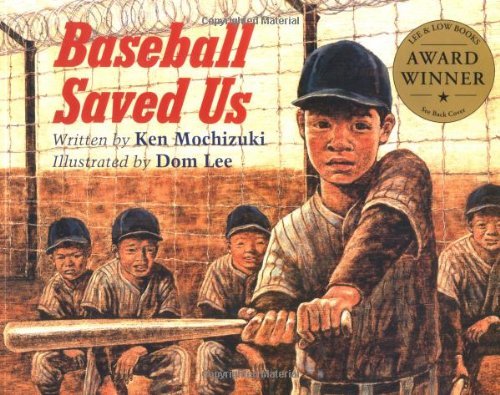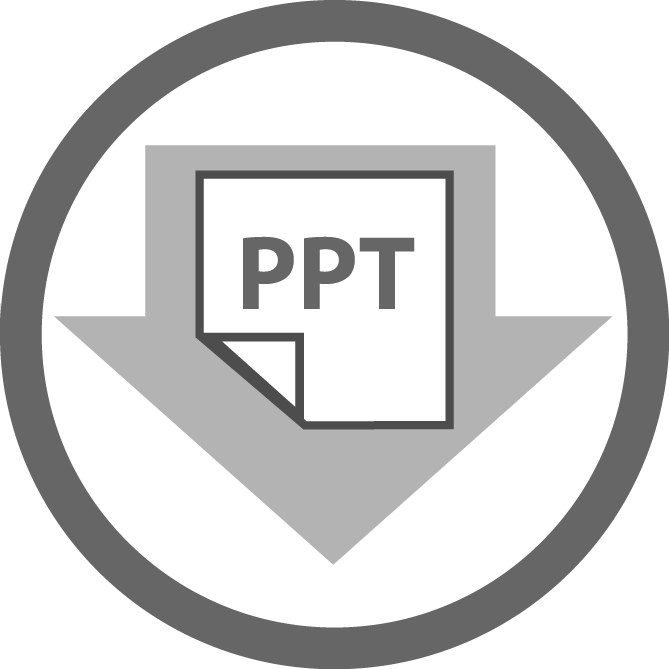 by Ken Mochizuki
by Ken Mochizuki
A Japanese-American family is sent to an internment camp during World War II. This story tells how baseball gave everyone a sense of purpose.
Strategies/Skills Used
Reading Strategy 1: Access background knowledge.
Reading Strategy 2: Predict what will be learned or what will happen.
Reading Strategy 5: Make mental pictures.
Reading Strategy 7: Determine the most important ideas and events and the relationship between them.
Reading Strategy 10: Summarize what has been read.
Reading Strategy 12: Reflect and respond.
Writing Skill 1: I generate ideas in a variety of ways.
Writing Skill 2: I organize my ideas based on my purpose for writing.
 TEACHING THE ACTIVITY: PRE-READING
TEACHING THE ACTIVITY: PRE-READING
(1) Explain to students that in this lesson they will be working on the important pre-reading strategies of accessing background knowledge, predicting what will happen in a story and making mental pictures based on an important artifact from the story. See Memoir
 (2) Show the students the picture of the baseball. Ask them to think about personal memories or ideas that are triggered by the baseball. Give them three minutes to think and write down notes about their memories. (Students can also record their ideas on a handout featuring the baseball image in the centre.)
(2) Show the students the picture of the baseball. Ask them to think about personal memories or ideas that are triggered by the baseball. Give them three minutes to think and write down notes about their memories. (Students can also record their ideas on a handout featuring the baseball image in the centre.)
(3) Have the students share their ideas with a partner. Then ask them to predict what they think the story will be about. Do a quick survey of the groups regarding their story predictions.
 TEACHING THE ACTIVITY: DURING READING
TEACHING THE ACTIVITY: DURING READING
(4) Read the story Baseball Saved Us to students. Using the Listen-Sketch-Predict activity, stop at four points in the story to allow students to sketch (or discuss with a partner) any significant events in the story, and to make predictions about what will happen next.
(5) Have the students record their responses and predictions on a piece of paper divided into eight sections. On the left hand side have them sketch or write their responses, and on the right hand side have them make their predictions. This can be done individually or with partners. Allow the students time to work with partners or in small groups to discuss their responses and predictions.
 TEACHING THE ACTIVITY: POST-READING
TEACHING THE ACTIVITY: POST-READING
(6) After reading the book, tell the students they are going to practice important reading strategies, related to summarizing and finding the main ideas in the story, by using a strategy called Concept Maps.
(7) Show the students the simple Concept Maps example with the concept of bread (see PowerPoint). Do this as a whole class to emphasize that concept maps include key themes or ideas (in the circles) and connecting words or sentences that describe the relationship between the main themes or ideas.
 (8) Have students work in small groups to determine five key themes from Baseball Saved Us (see PowerPoint for suggestions). Ask groups to report their ideas.
(8) Have students work in small groups to determine five key themes from Baseball Saved Us (see PowerPoint for suggestions). Ask groups to report their ideas.
(9) After the groups have decided on their five themes, ask them to develop connecting words or phrases between the themes. (Use a few examples from the PowerPoint to model the process for students.)